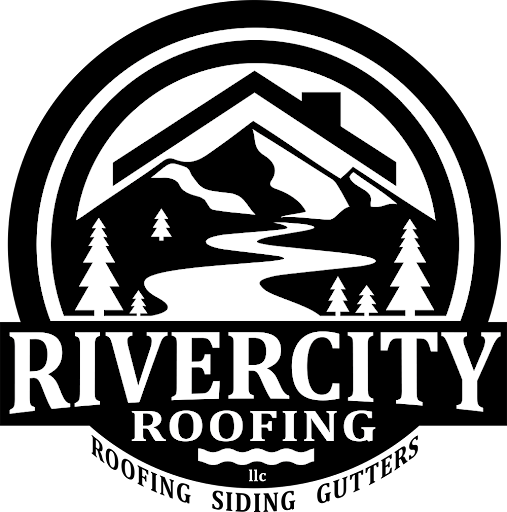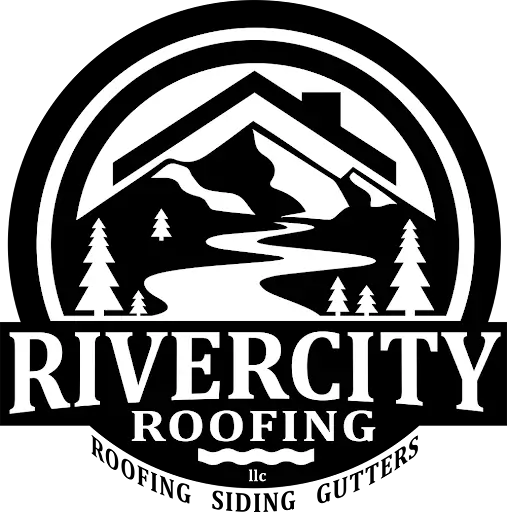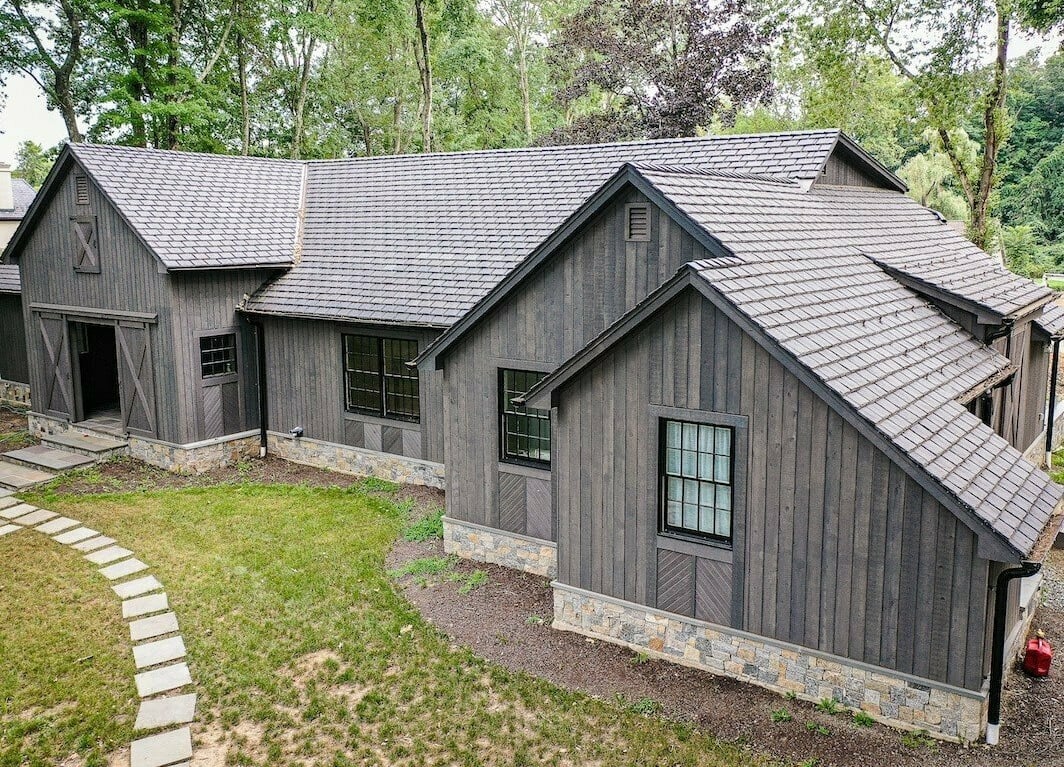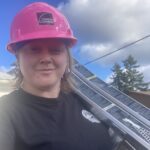Siding is an essential part of your home. It is engineered to provide the cutting edge of defense against the greatest potential threats to a structure. One of the crucial components of the design of your home is the structure itself and the use of siding is not just an aesthetically characteristic of the house but also protects your house from hailstorms, wind, moisture, and even extreme temperatures.
At River City Roofing, we understand that aesthetics and efficiency do matter when it comes to the exterior of a house. Siding is one among a home exterior’s protection layers from climatic conditions, aesthetic impression and insulation. When you have a siding that’s old, damaged, or even if you want a new look for your house, our team is always prepared to cater to your siding replacement.
This guide will walk you through the top signs that your home may need a siding replacement and why this exterior upgrade is essential.
1. Cracks, Holes, or Gaps in the Siding
Visible cracks, holes and gaps in your siding are one of the most obvious damage repair indications and that it’s time to replace it. These problems can enable moisture to invade the structure of your house, create mold and damage the structure of your house.
What to Look For:
- Splits or fractures in individual siding panels.
- Gaps where panels meet, indicating wear or improper installation.
- Holes caused by pests or severe weather.
Why It Matters:
Damaged siding lowers the energy efficiency of a dwelling and exposes it to infiltration of vermin and water. Restoration of the damaged sections guarantees that your home is safe and properly insulated.
2. Warping or Buckling Panels
Warping and buckling are unmistakable indicators that your siding is no longer functioning as it should be. Instances of this nature always seem to come about due to the effects of heat, moisture, or poor installation.
What to Look For:
- Panels that appear wavy or uneven.
- Sections pulling away from the exterior walls.
- Noticeable bulges or dips in the siding.
Why It Matters:
Warped siding degrades the protective skin of your house and makes it vulnerable to water penetration which may lead to rot or mildew. Resurfacing obsolete weatherboard siding with tough, contemporary materials has the potential to address this issue.
3. Fading or Discoloration
With time, siding that has been in direct contact with sunlight and adverse weather will get worn-out and start to fade and turn discolored. Although some sort of fading is normal, marked colour change can indicate a need to replace the appliance.
What to Look For:
- Uneven coloration across panels.
- Persistent staining or streaks that cannot be cleaned.
- Faded areas that reduce your home’s visual appeal.
Why It Matters:
Discolored siding is not only unattractive but it may also suggest that the protective layer of the material has been worn down. Upgrading to new siding provides a fresh, vibrant look and ensures lasting protection.
4. Peeling Paint or Wallpaper Inside Your Home
Siding problems can manifest inside your home as well. The problem has been described as peeling paint or wallpaper, moisture could be penetrating through one of the deteriorated siding.
What to Look For:
- Bubbling or flaking paint on interior walls.
- Loose wallpaper near exterior-facing walls.
- Damp spots or mold growth inside your home.
Why It Matters:
Occasional interior clues pointing to damp damage indicate that your siding is no longer acting as a proper barrier. The removal of these problems and protection from the interior damage can be achieved by replacing your siding.
5. High Energy Bills
Siding plays a crucial role in insulating your home. When home energy bills take on a sudden increase, it may have something to do with aged siding.
What to Look For:
- Drafts near walls or windows.
- Difficulty maintaining a consistent indoor temperature.
- A noticeable rise in heating or cooling costs.
Why It Matters:
Damaged siding features that enable airflow to decrease energy efficiency and cause the HVAC system to have to work that much harder. Modernising with insulated siding is a great way to enhance the energy efficiency of your house and reduce utility bills.
6. Rot, Mold, or Mildew
Rot, mold, and mildew are all tells that moisture is getting into wall siding. These problems not only cause damage to the siding, but also have implications for the structure of your house.
What to Look For:
- Black, green, or white spots on the siding’s surface.
- Soft or crumbling sections of siding.
- A musty odor near exterior walls.
Why It Matters:
Failure to address rot or mold can result in substantial structural damage and health hazards for your family. Siding replacement guarantees the safety and non-damage of the building from destructive moisture related problems.
7. Frequent Repairs
If you’re constantly repairing sections of your siding, it may be more cost-effective to replace it entirely.
What to Look For:
- Recurring issues like cracks, warping, or peeling.
- A patchy appearance from numerous repairs.
- High cumulative costs for repairs.
Why It Matters:
Frequent repairs indicate that your siding has reached the end of its lifespan. Replacing it with a durable, low-maintenance material saves you money in the long run and provides peace of mind.
8. Outdated Appearance
Sometimes, the need for siding replacement is purely aesthetic. Outmoded or incompatible siding can have a great effect on the overall aesthetic appeal of your house.
What to Look For:
- Trends or colors no longer aligned with your taste and neighborhood.
- Inconsistent panels from previous repairs.
- A tired, weathered look that diminishes curb appeal.
Why It Matters:
Exterior finishing, such as the installation of new siding, can enhance the look of your house, increase its value, and make it more attractive.
Choosing the Right Siding Material
Replacing your exterior siding is of utmost importance when choosing a siding material. Popular options include:
- Vinyl: Affordable, durable, and available in various colors.
- Fiber Cement: Combines strength and aesthetic versatility.
- Wood: Offers a classic look but requires more maintenance.
- Metal: Highly durable and resistant to fire and pests.
Seek professional advice on which material is best for your requirements and environment and also your budget.
Conclusion
Identifying worn-out siding is of paramount importance for the house’s structural security and curb appeal. Visible damage through increased energy bills all indicate it’s time to get a new siding. Do it right, trust River City Roofing. Contact us today to start your upgrade of the exterior and live in a home that looks and functions each and every day at its best.



